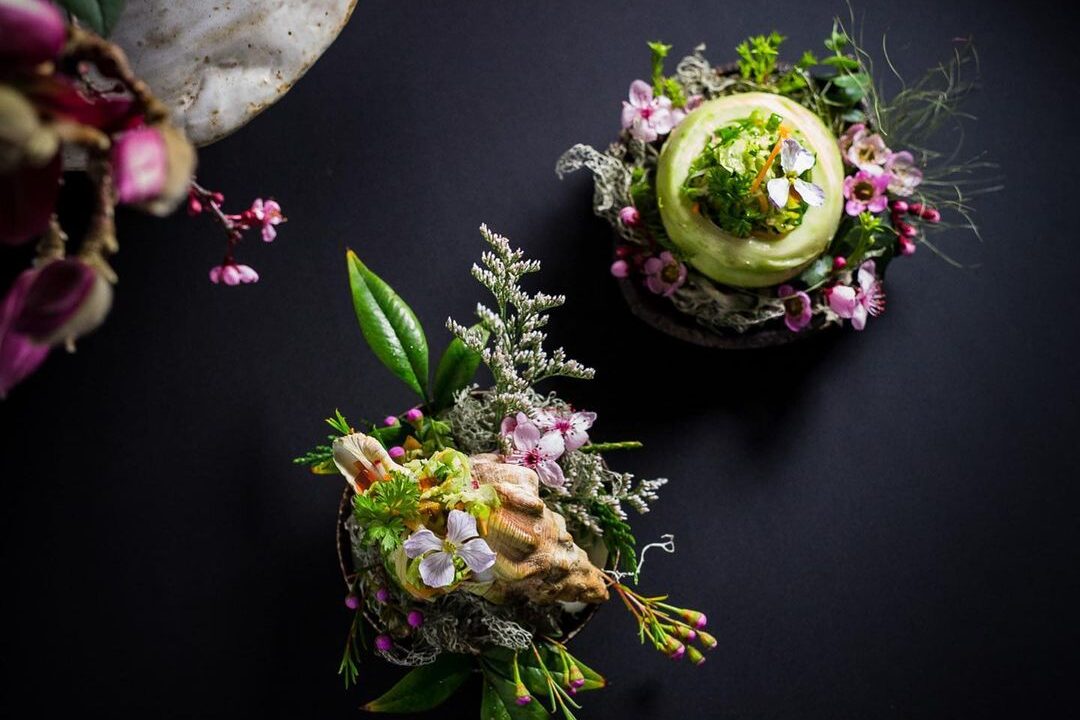
Flowers on plates
We eat with our eyes first. There was a lot of research proving how much colors and the general look of the food affect the taste . Chefs outdo each other in preparing the most beautiful plates. Even edible gold is trending now. However, there is a much cheaper and equally beautiful way to decorate the meal: flowers.

Many ancient cultures used flowers to beautify their food. Chinese did it as far back as 3,000 B.C.E.! Romans were choosing violets, lavender, and roses. Indian and Middle Eastern cultures also knew how to add floral accents. Today many Chefs realize they make food look light, fresh, and elegant while adding a unique aroma.
How to master picking flowers?
Obviously, it is best to use fresh flowers. They taste amazing when picked in the morning before they’ve had too much sun. Be careful with pesticides! Store them in the fridge and wash them before eating. It is also important to look for bugs. Petals taste amazing, but some flowers you can eat whole!
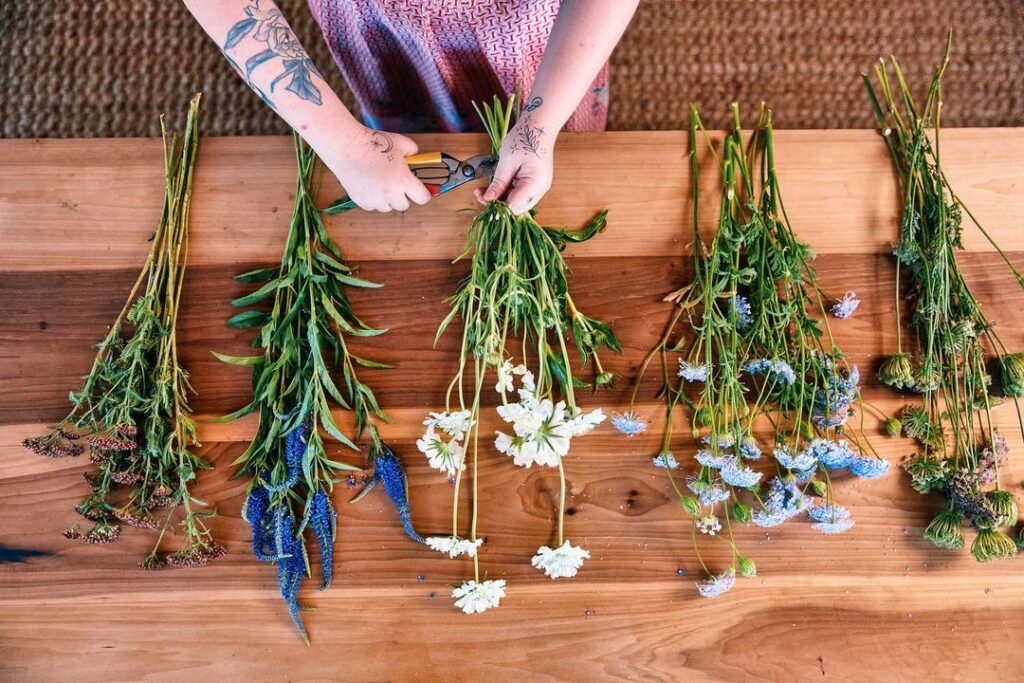
The known and the unusual
Rose is undeniably the queen of edible flowers. To some people, its flavor resembles strawberries or green apples. You probably tasted it in marmalades or drinks, but there are much more possibilities: ice cream and other desserts, sauces, or salads. Camomile and lavender are famous for their calming properties and incredible smell. Hibiscus adds aroma to your tea or the color to your salad, while jasmin makes each drink smell like summer.
Did you know that not only the seeds of sunflowers are edible? Petals have a distinct nutty taste. Forget-me-not apart from the eerie blue color has a lovely taste. You should try lilac mixed with cream cheese or yogurt. Peony petals bring lovely freshness to your meal. Violas gained extreme popularity in Victorian times as a dessert decoration and now they are having a comeback. Marigolds (calendula) were called “poor man’s saffron” due to their peppery taste. They have vibrant yellow petals which are the best part to eat.
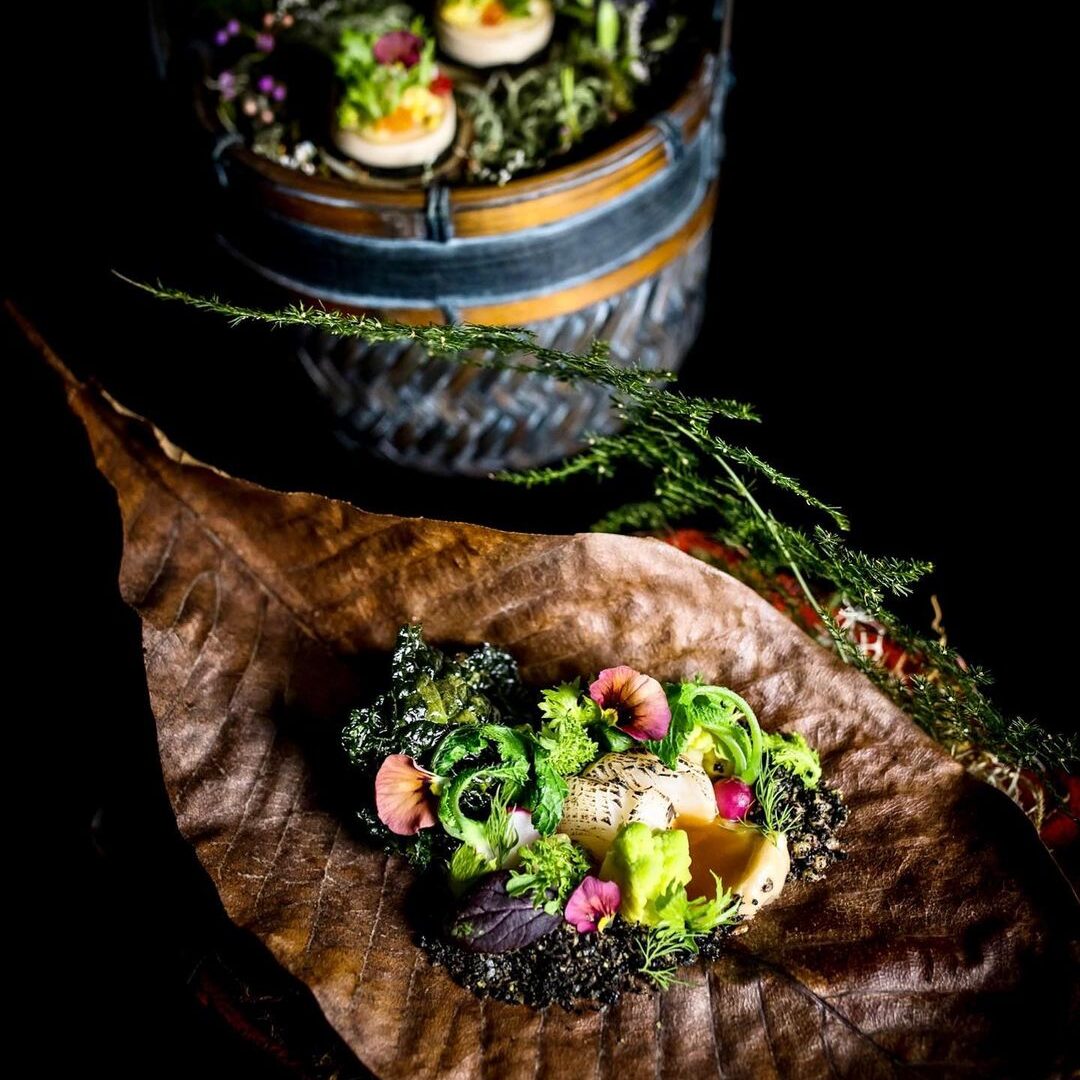
Some are better just to look at
Are all flowers edible? Unfortunately, there are plants that cause harm to your body despite looking beautiful and tempting. Some are known to be poisonous, like poppy or highly toxic oleander. Lily-of-the-valley contains convallatoxin, and bluebell – toxic glycosides. Clematis can cause irritation not only to your mouth but after any skin contact.
It takes some time to learn more about floral decorations, and which plants to avoid, but the effect is absolutely worth it! Some are sweet and fruity, others minty or spicy, so you can find something for each dish. And let’s not forget about the most breathtaking part – the look!






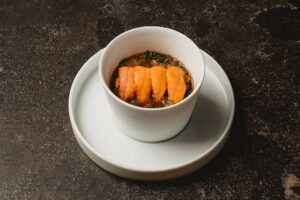

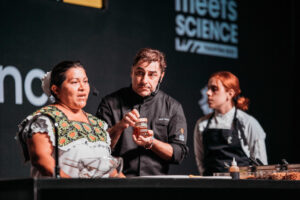
Post a comment